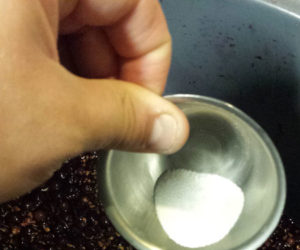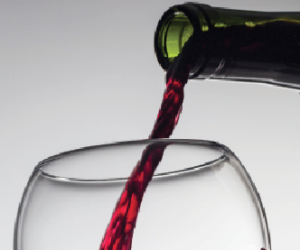Every bottle of wine needs some form of closure to keep oxygen out and your wine sealed inside. What you select to seal your bottles up with should be highly dependent upon your ultimate winemaking goals. But a few generalities should be followed:
— Don’t reuse screw top bottles (unless specially engineered).
— Be sure to match your tools and the wine’s timeline to the cork’s traits.
— Upgrading your corker should be one of your first investments in the hobby or you can ask about bottling at your local supply store.
With that in mind, let’s run through some of your options when initially looking to bottle your first or fiftieth batch of wine.
Cork Options
An important decision you need to make for bottling is what type of cork/closure you are going to use. First off, if you are using a hand corker, then opting for higher-end natural wine corks may save you a LOT of frustration. It’s hard to get the leverage needed to get synthetic and composite corks fully seated in the bottle when using a hand corker. Once you have a floor corker, then your cork options open up significantly.
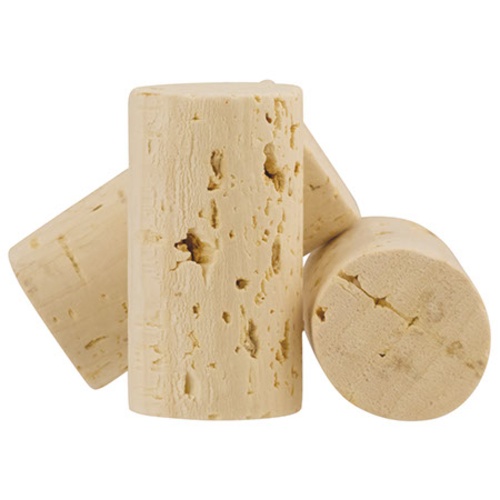
• Natural Cork: Sustainably harvested from an oak tree’s bark in the Mediterranean region of Europe and Africa, almost 80% of the world’s natural wine cork is harvested from the Iberian Peninsula alone. The natural sponginess of this oak’s bark allows for natural compression and expansion to occur with very little diffusion of air from one end of the cork to the other. Natural wine cork is perfectly suited as a wine closure and best used for big red wines you plan to age for more than 2 years. Natural cork is classed in various grades depending on the quality of the cork bark, with the lower-grade cork having a higher rank number. Example, grade 1 cork is considered the best and may be graded for wine storage for 20+ years.
Some downsides of natural cork do exist. First, if not properly handled or of lower quality, mold can be found in the cork, which can lead to a condition known as TCA (2,4,6-trichloroanisole), or more commonly referred to as cork taint. While occurrences are rare due to improved education of the problem in the cork-harvesting world, there are still instances of TCA in lower-grade natural corks. The price tag found on natural wine corks is also a downside, with grade 1 natural wine corks commonly running well over $1 per cork.
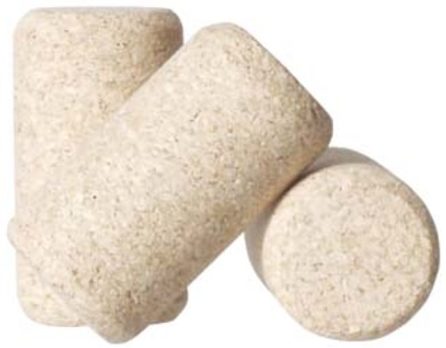
• Agglomerated Cork: Shred natural cork into fine nuggets and then hold those cork granules together with a food-grade synthetic binding agent into the shape of a cork, and you’ve got yourself agglomerated corks. These are more cost-effective and provide a decent seal. These corks are often best for aging wines 1–2 years. Agglomerated corks do not compress like natural corks, therefore it is best to not attempt corking with a hand corker and also buying a size down (#8 size as opposed to the standard #9) is sometimes recommended. Not all agglomerated corks are made alike, so be sure to assess the quality before you invest.
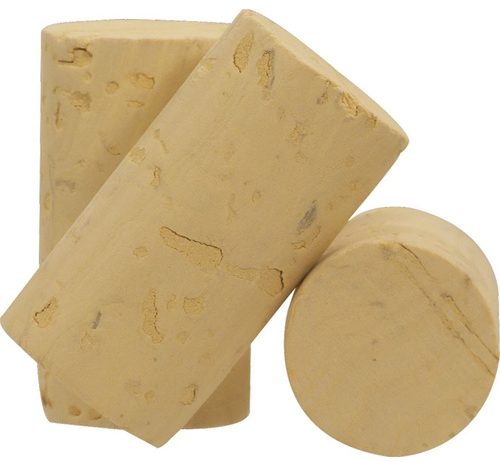
• Colmated Cork: Part natural cork, part agglomerated, colmated corks take natural corks that are not quite good enough to pass inspection on their own, and fill in the holes with cork powder and then bind it all together with a natural binding agent. These are very close to all the benefits of a natural cork with a lower price tag. Just like with natural cork though, TCA can rear its ugly head with colmated corks.
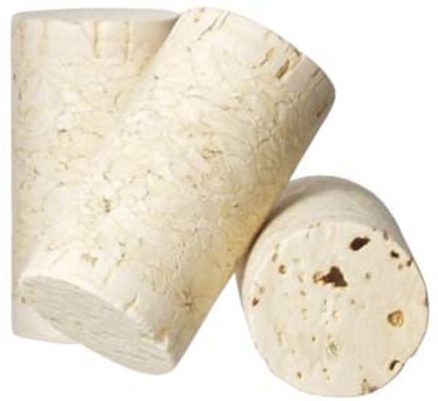
• Bi-disc (1+1) Cork: Less common in the hobby world but common in the professional wine world is the bi-disc cork, which takes an agglomerated cork and binds two natural cork discs onto the top and bottom of the cork. These corks are generally rated to 3 years and have a good seal, but like agglomerated corks, they can be quite difficult to get into bottles.
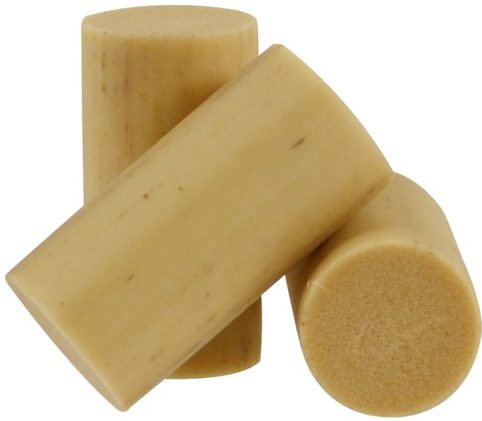
• Synthetic Cork: This class of corks come in a wide array of compositions and qualities, but the spongy synthetic corks with a little oxygen diffusion we find to best mirror those qualities of natural cork. An upgrade from a hand corker is highly recommended and wines corked with these types should not be aged longer than about 3 years.
• Non-Traditional Closures: Zork wine closures represented a closure that did not require a corking tool to install. But at the time of this publication, they are no longer being manufactured. A new product on the market is the NovaTwist, which provides hobby winemakers with a screw cap option. These do require specialty bottles and tops though. It is worth noting commercial screw caps use an expensive machine to form the metal sleeve in place.
Special Considerations
Being a natural product, natural wine corks generally need the most consideration. These corks do have some moisture contained allowing for the cork’s inherent sponginess. If corks are stored for a long time, they can dry out and lose that elasticity. They can also grow mold, which can lead to TCA. So it’s best that natural corks are purchased fresh and utilized fresh. Synthetic corks have a much longer life span but upgrading to a high-torque corker is definitely recommended. Agglomerated corks often have a treated surface with a coating of wax or silicone applied by the manufacturer. Do not boil or give an overnight soak to these cork types as they can remove the coating, creating a lot more friction on the surface of the cork, making them harder to install and remove from the bottle.
Now that we’ve established closure options, in the next issue we’ll be looking at cork sizing and the various corking tools that are available to hobbyists.



